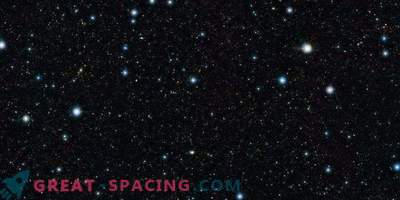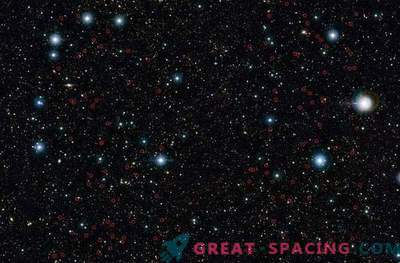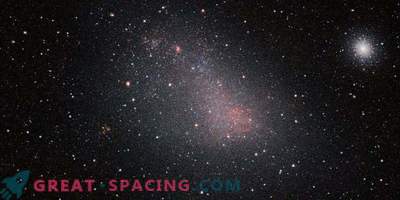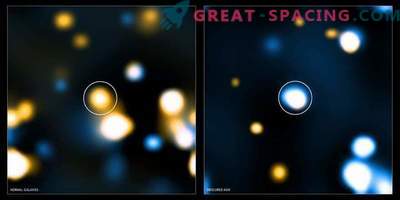
Herschel ATLAS (H-ATLAS) is a survey conducted by an international team led by Cardiff University. For this purpose, the Herschel Observatory with a far infrared range, having EM waves, 200 times greater than the possibilities of optical observation, was used.
The project ceased review in 2013, but scientists have spent the last 5 years to analyze the results. On December 21, they released ready-made information, including half a million galaxies emitting far-infrared radiation. If the optical light is stellar, then the far infrared light comes from interstellar dust.
Galaxies, ranging from 40,000 to a billion stars, are the building blocks of space. They were found a century ago, so most of the information is based on the performance of optical telescopes. But when looking at the far infrared light, galaxy populations look very different.
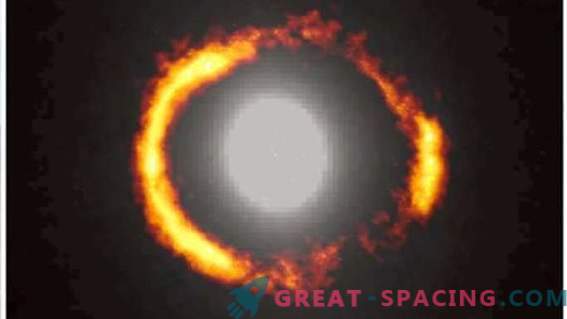
One of the sources of a gravitational lens found in the review. Ring - card made by ALMA. The design is called the “Einstein ring”, created due to the bending of light from a distant source when exposed to a gravitational field from a nearby galaxy.
Suddenly, scientists also recorded a mysterious galactic class with a huge amount of gas and a higher ratio of dust to stellar mass than in any other galaxy. They were called BADGERS (blue and dusty gas galaxies). Due to the huge amount of dust, they are difficult to observe in optical light, and the dust itself is extremely cold. Another discovery can influence the understanding of the process of galactic development. All modern theories are built on the assumption of the existence of two classes of galaxies: with active star formation and “silent”. This leads to the conclusion that there must be a catastrophic transition process.
But most of the galaxies found by H-ATLAS fall into a class between the red and blue galaxies. It turns out that there is only one galactic class and there is no need to look for additional transformation mechanisms, and evolution is much calmer than it was thought.
New catalogs include a huge number of galaxies, starting with the closest ones and ending with the earliest ones created a billion years after the Big Bang. Also present are gravity lenses and tiny dust clouds. This is a great starting field for future researchers.


